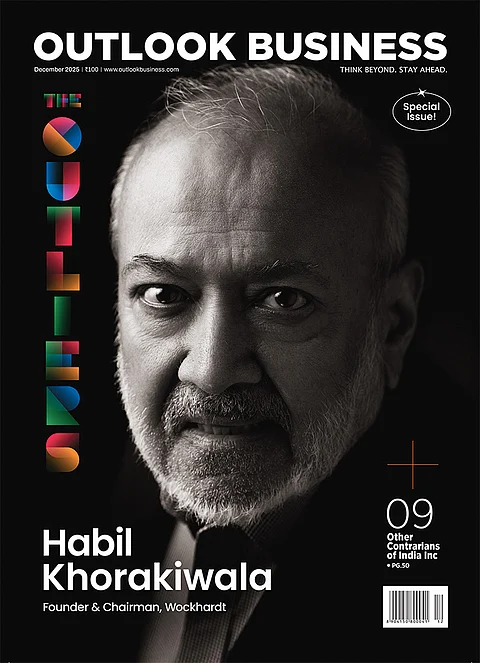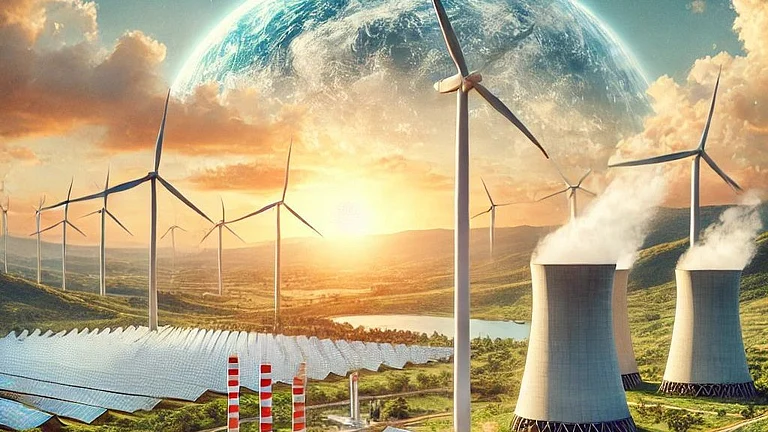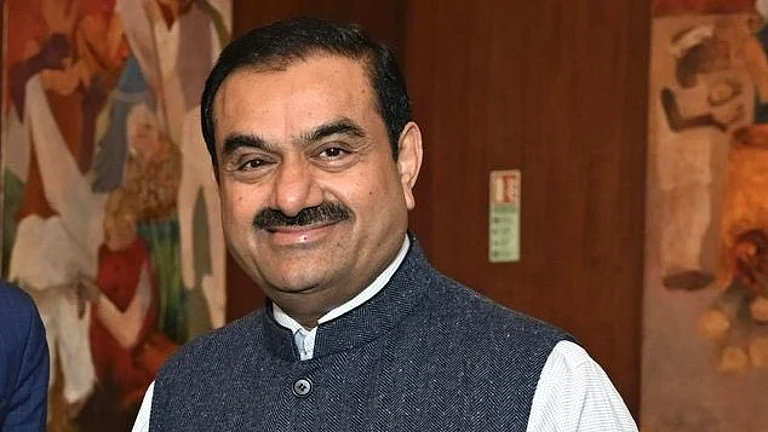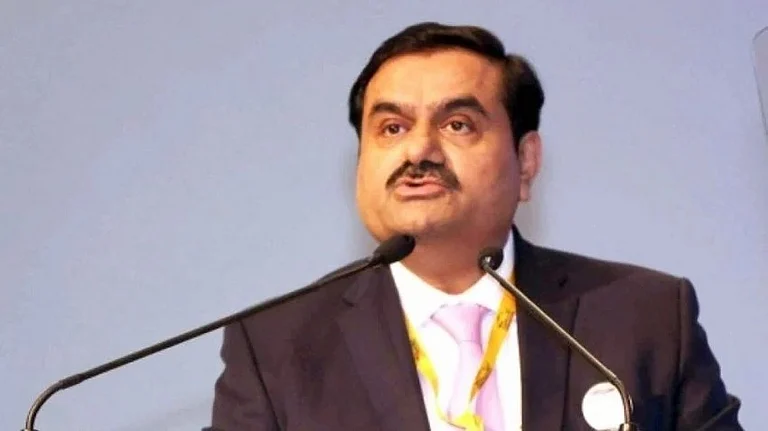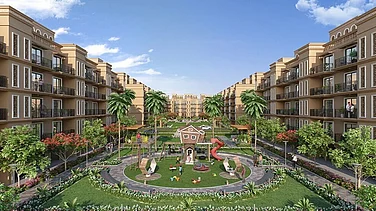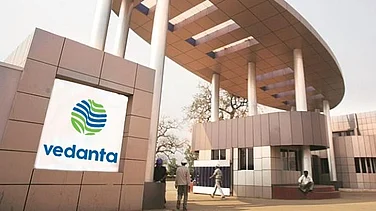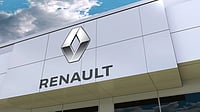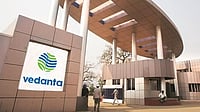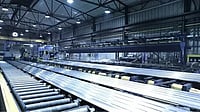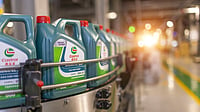Adani group opened a USD 1.2 billion copper plant, bought a port in Odisha, raised stakes in a cement company and stitched an alliance with rival Mukesh Ambani's Reliance Industries, all in a matter of one week in signs that the apples-to-airport conglomerate has shrugged off the Hindenburg effect and is back to rapid expansion spree.
In the last one week, Adani group has through regulatory filings and press statements announced expansions and investments in its mainstay ports business, diversification into metal refining, fund infusion into a two-year-old cement foray and continuing progress in the commissioning of its mega solar project.
It started with the March 26 announcement of Adani Ports acquiring a 95 per cent stake in Gopalpur Port for Rs 3,350 crore, taking the number of seaports under its control to 15 - the highest with any private firm in the country.
This was followed by Adani Enterprises Ltd - the group's flagship firm and business incubator - announcing on March 28 the first phase of the world's largest single-location copper manufacturing plant at Mundra in Gujarat, marking the conglomerate's foray into metals refining.
The USD 1.2 billion (about Rs 10,000 crore) plant helped India join China and other nations that are rapidly expanding production of copper, a metal crucial for transition away from fossil fuels. Technologies critical to the energy transition like electric vehicles (EVs), charging infrastructure, solar photovoltaics (PV), wind and batteries, all require copper.
On the same day, group promoter Gautam Adani and his family invested Rs 6,661 crore in Ambuja Cements to raise a stake in the country's second-largest cement company to 66.7 per cent as it looked well-positioned to benefit from the country's infrastructure boom.
A day later, Adani Green Energy Ltd - the renewable energy arm of the group - announced the start of operation of its 775-megawatt solar power projects in Khavda, Gujarat. Khavda is the site where it is building a vast solar farm to generate 30 gigawatts of electricity from solar rays as part of its plans to reach 45 GW capacity by 2030.
Also happening on March 28 was Adani and his often perceived rival billionaire Mukesh Ambani collaborating for the first time, when Reliance Industries picked up a 26 per cent stake in Adani Power's Madhya Pradesh power project for Rs 50 crore and signed a pact to use the plants' 500 MW of electricity for captive use.
The two businessmen hailing from Gujarat have often been pitted by media and commentators against each other, but they have for years tiptoed around each other to reach the top two rungs of Asia's wealth ladder.
With Ambani's interests across oil and gas to retail and telecom and Adani's focus on infrastructure spanning seaports to airports, coal and mining, they rarely crossed each other's path except in the clean energy business, where the two have announced multi-billion investments.
Adani aspires to be the world's largest renewable energy producer by 2030, while Reliance is building four gigafactories at Jamnagar in Gujarat -- one each for solar panels, batteries, green hydrogen, and fuel cells. Adani is also building three giga factories for manufacturing solar modules, wind turbines and hydrogen electrolysers.
A clash was also forecast when the Adani group applied to participate in an auction of spectrum or airwaves capable of carrying fifth-generation (5G) data and voice services. However, unlike Ambani, Adani bought a 400 MHz spectrum in the 26 GHz band, which is not for public networks.
On the contrary, the two have been far from rivals. In 2022, a firm with erstwhile links to Ambani sold its stake in news broadcaster NDTV to Adani, paving the way for the takeover.
The announcements in the last one week are signs that Adani is back on an expansion spree, analysts said.
These developments took place 14 months after Hindenburg Research accused the Adani Group of "brazen stock manipulation" and accounting fraud, leading to a stock market rout that erased about USD 150 billion in market value at its lowest point.
The rout in stock prices following the allegations, which the group denied, cost tycoon Gautam Adani his position as the world's second-richest man.
In the months following the Hindenburg report, the conglomerate redrew its strategy, including trimming debt through prepayments and repayments of borrowings, paring the founder's share pledge and bringing in promoter and marquee investor equity.
The strategy seems to be paying off, with the share prices of the 10 listed companies recovering all of the Hindenburg losses.
The group's revenues have continued to grow, helping it reduce debt, meet financial obligations, boost stability and make strategic investments to further its growth and expansion plans.
Adani Group has raised over USD 5 billion (Rs 41,500 crore) in equity and double of that in debt since the Hindenburg report.
Star investor GQG Partners bought stakes worth almost USD 4.3 billion in five group companies between March and August 2023, while Qatar Investment Authority (QIA) and French energy giant TotalEnergies poured in USD 770 million in renewable energy firm Adani Green Energy Ltd, according to company filings and stock exchange data.
Parallelly, the promoters infused USD 4.6 billion to repay loans against shares, servicing loans taken for cement acquisitions and supporting green investments.
Even before last week's announcement, it had been doing mergers and acquisitions (M&As), acquiring Sanghi cement for USD 431 million, 49.38 per cent in Indian Oil Tanking for USD 128 million, Karaikal port for USD 181 million, and Coastal Energen for USD 420 million, filing and stock exchange data showed.
Adani group has planned a Rs 7 lakh crore capital expenditure over the next decade for expanding its infrastructure business, according to a recent investor presentation by the company management.






